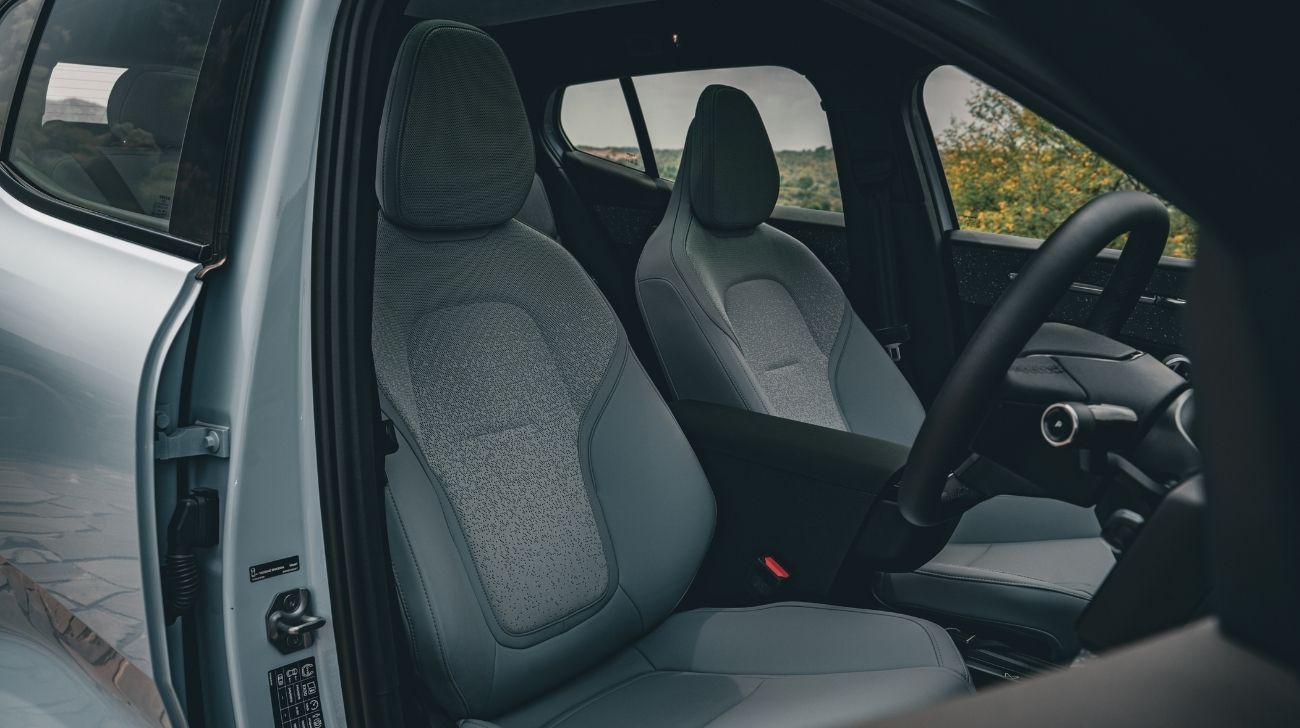
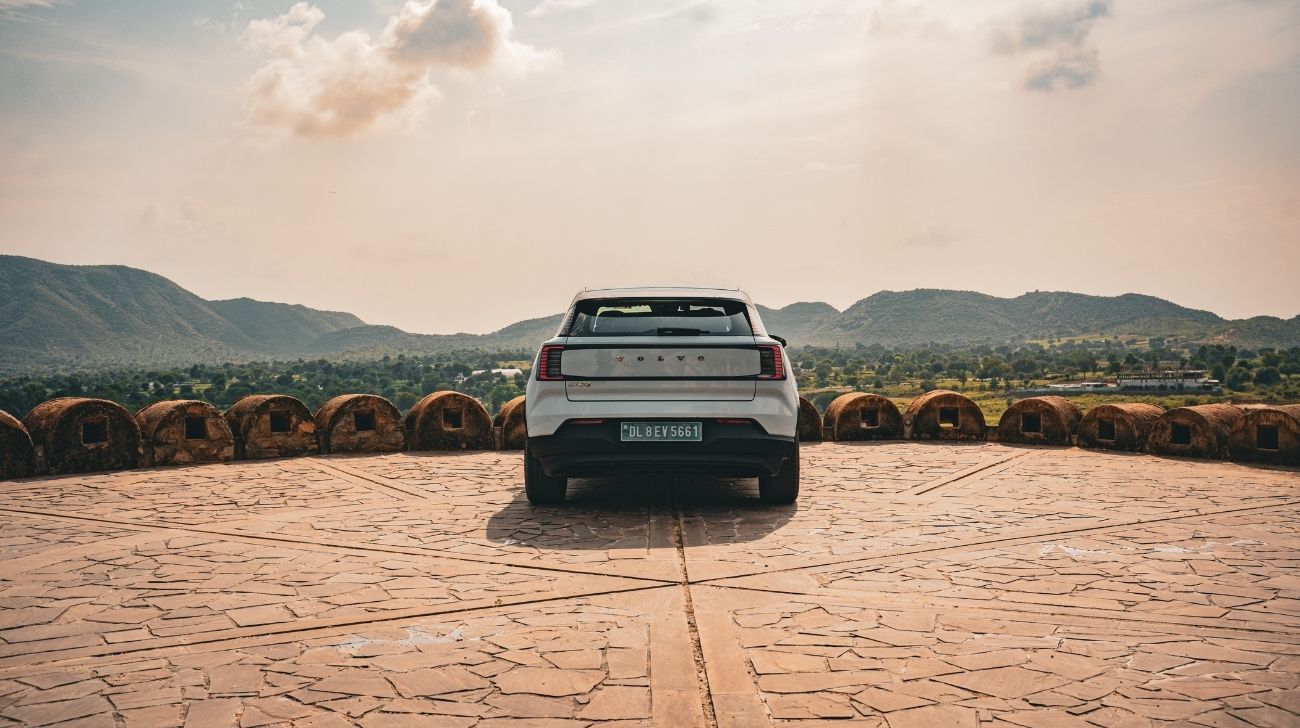
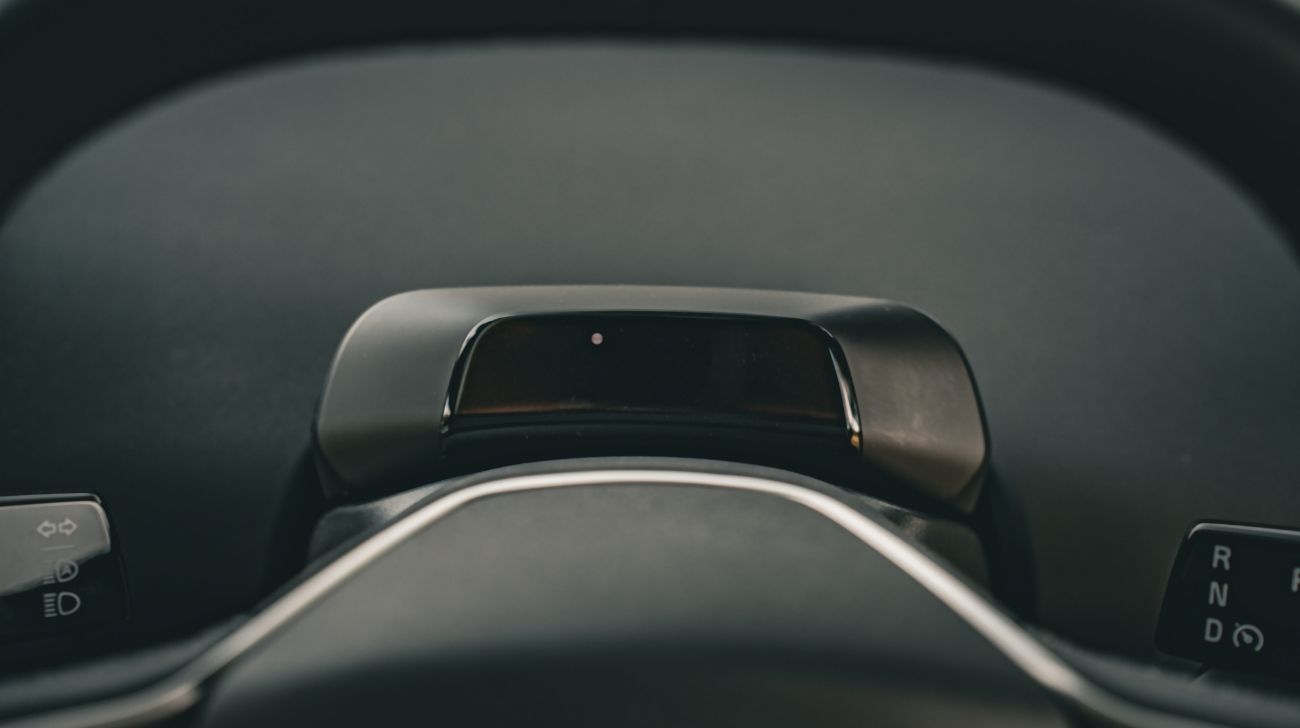
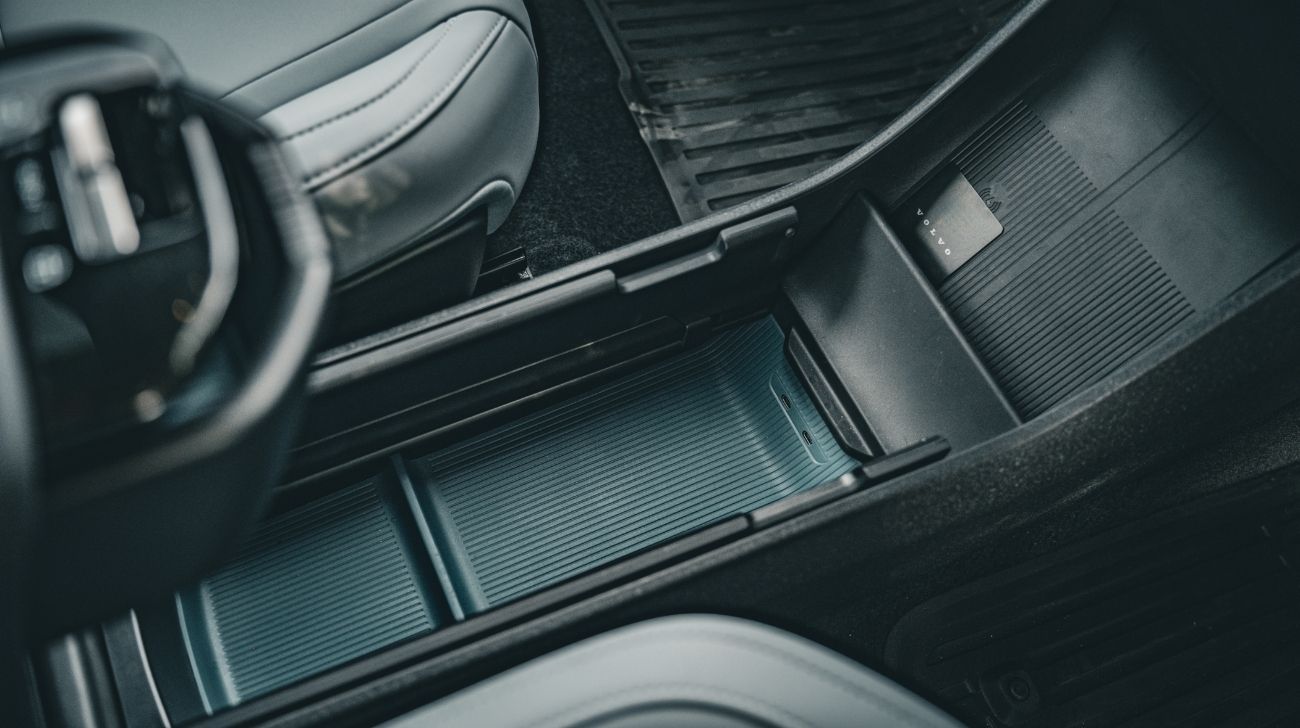
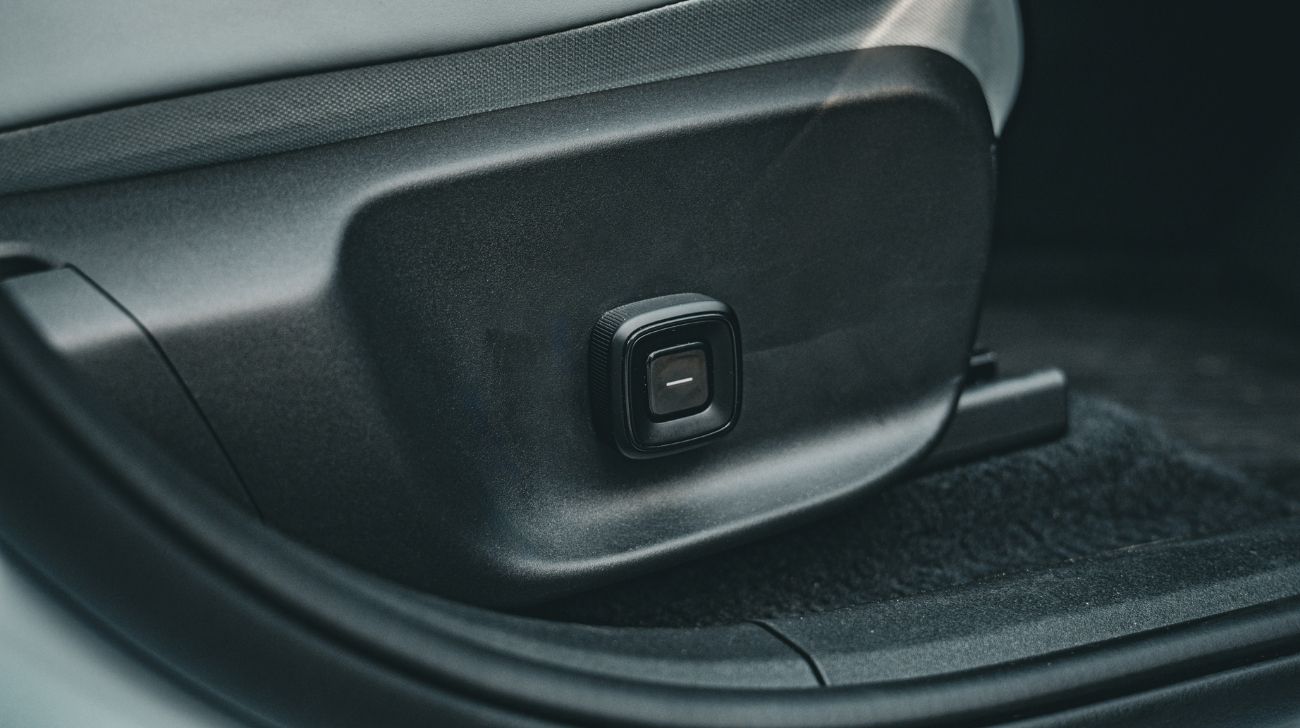
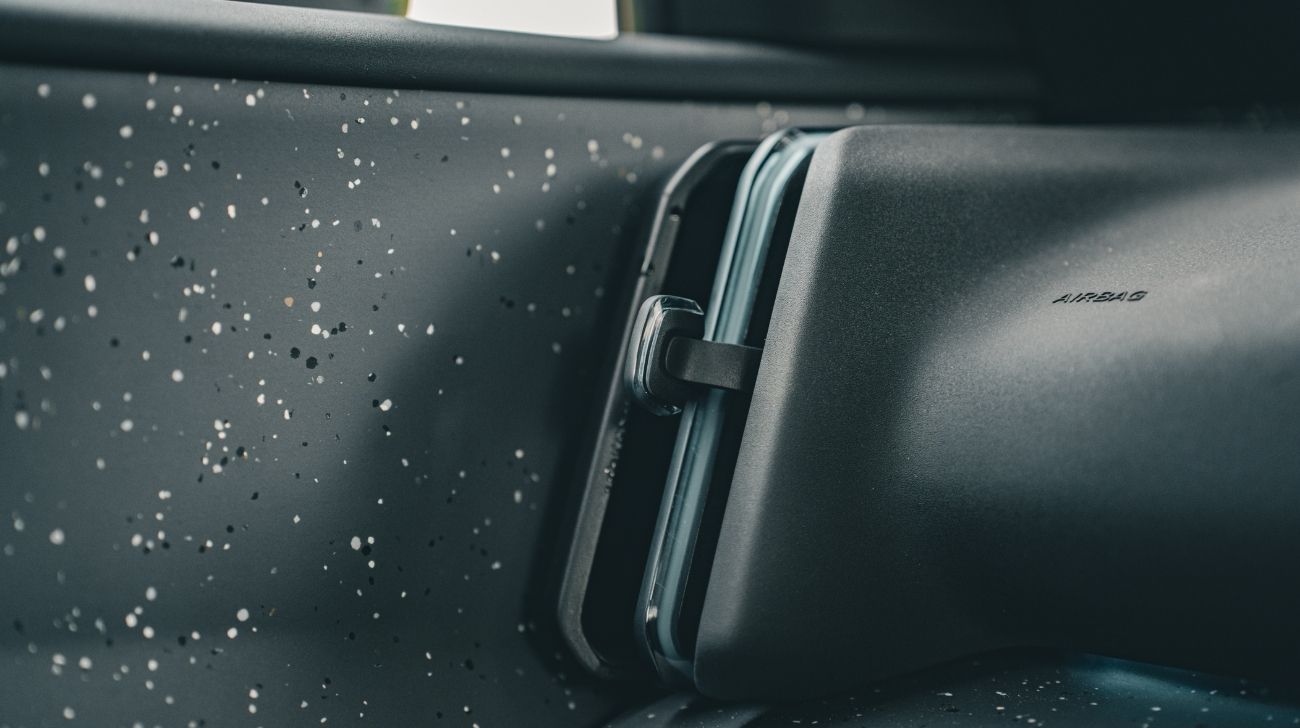
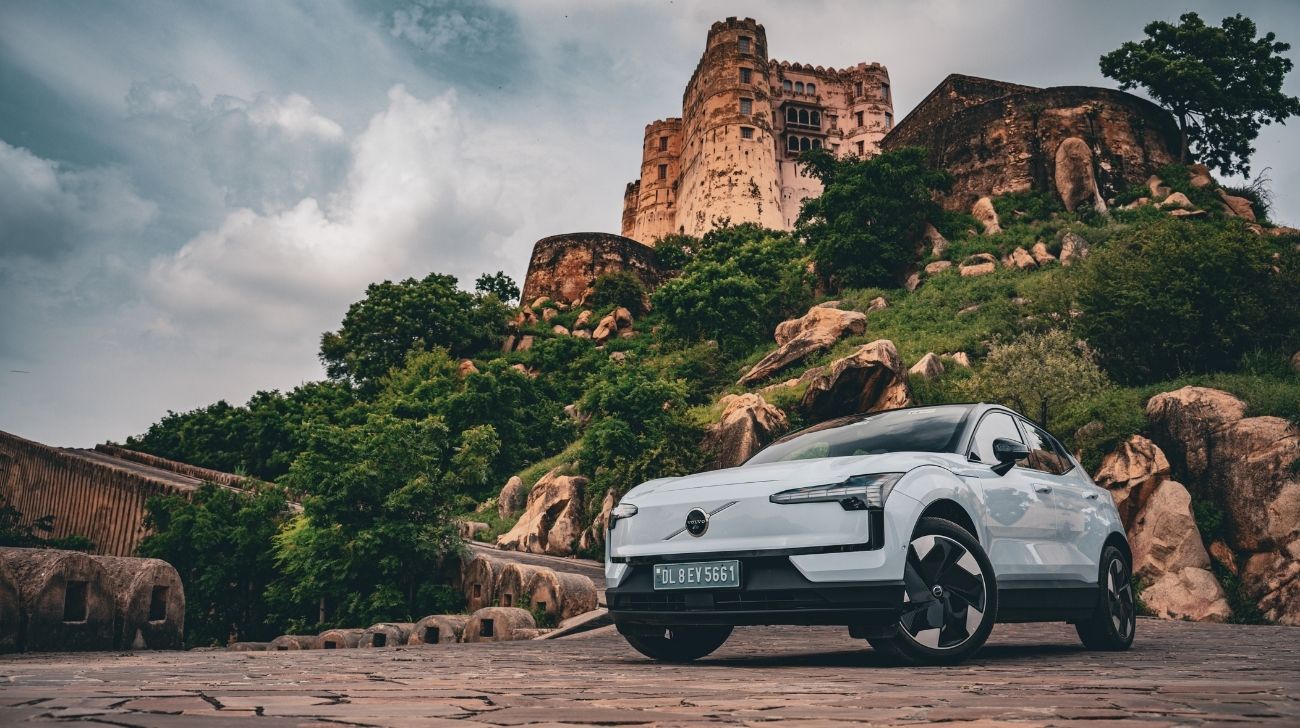
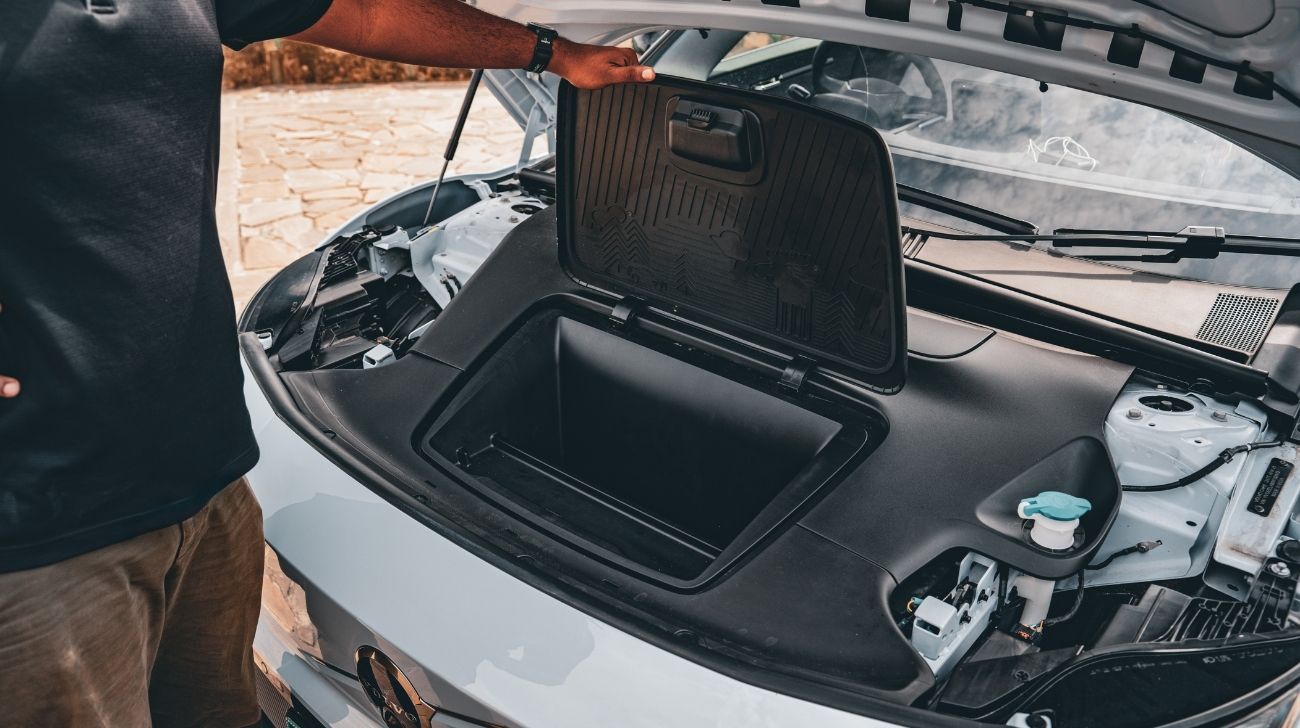
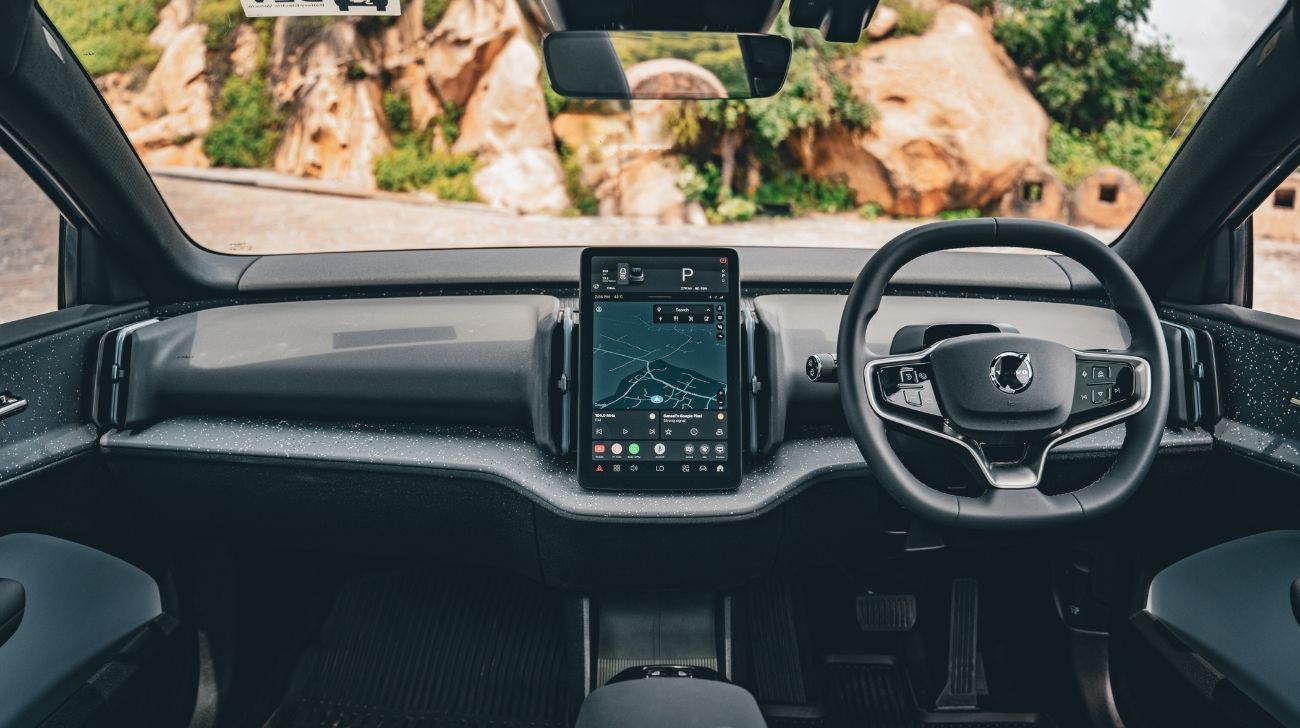
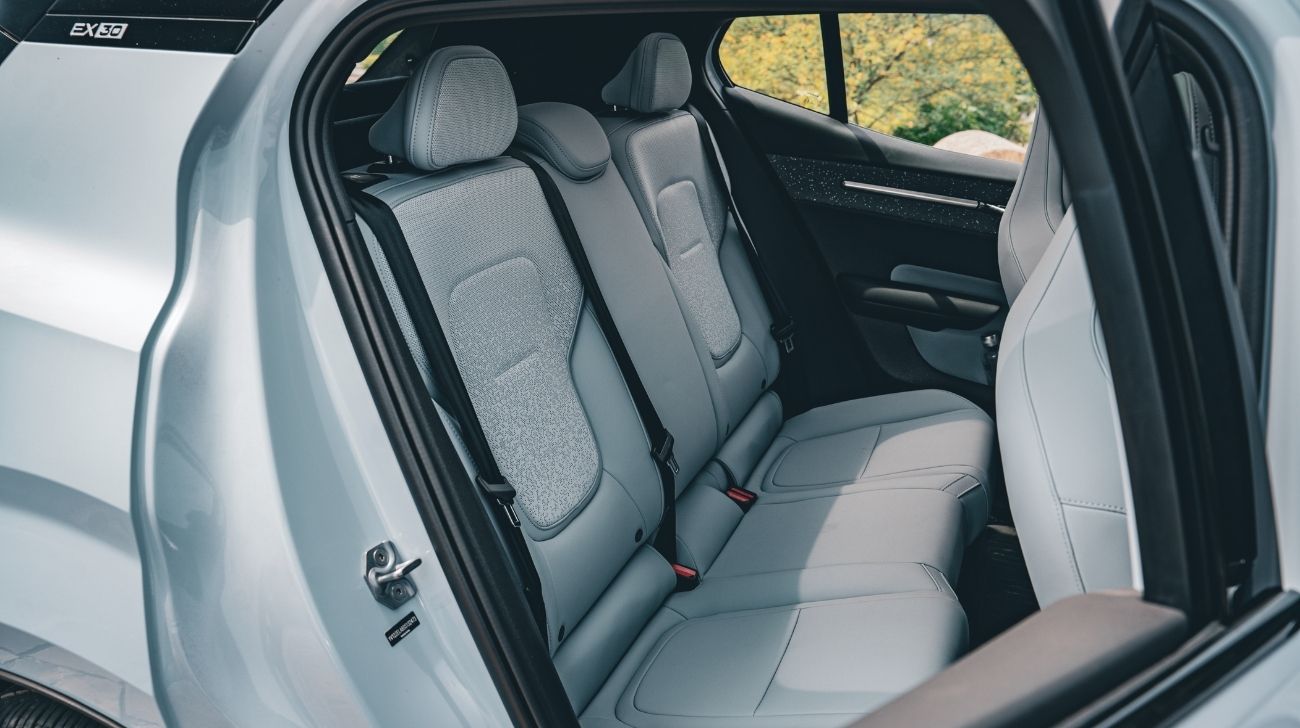
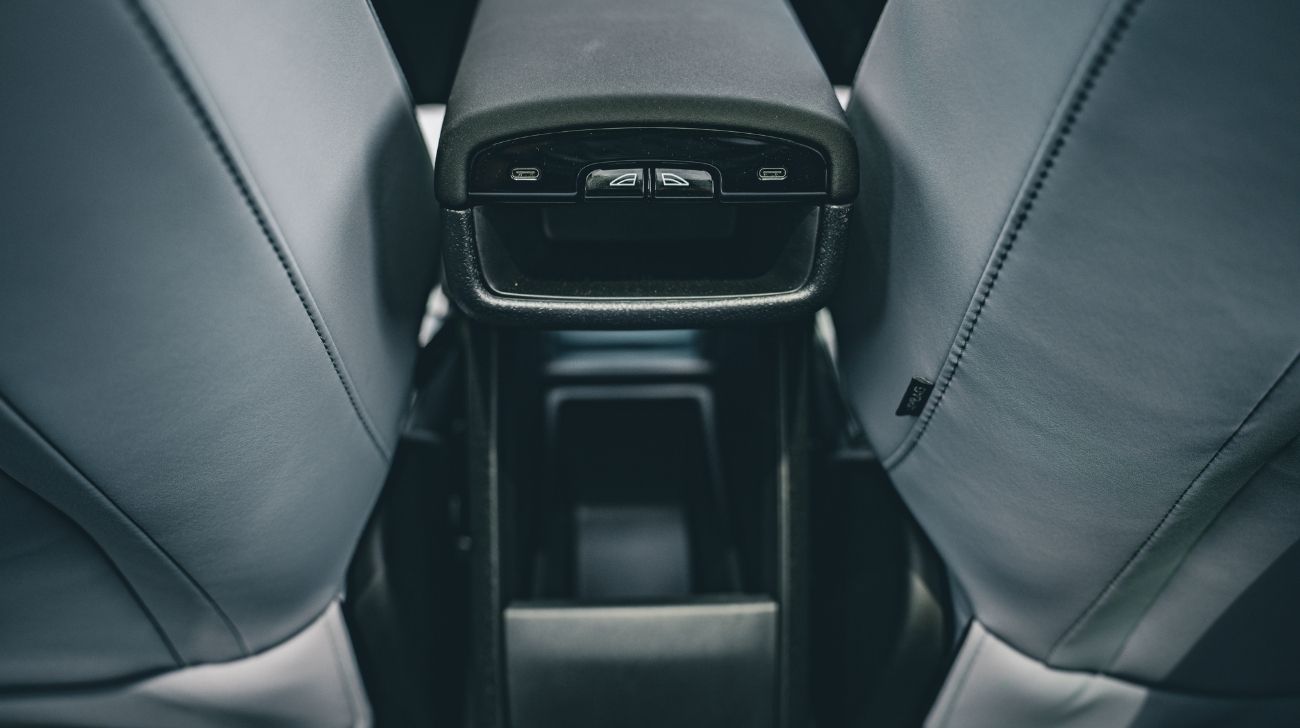

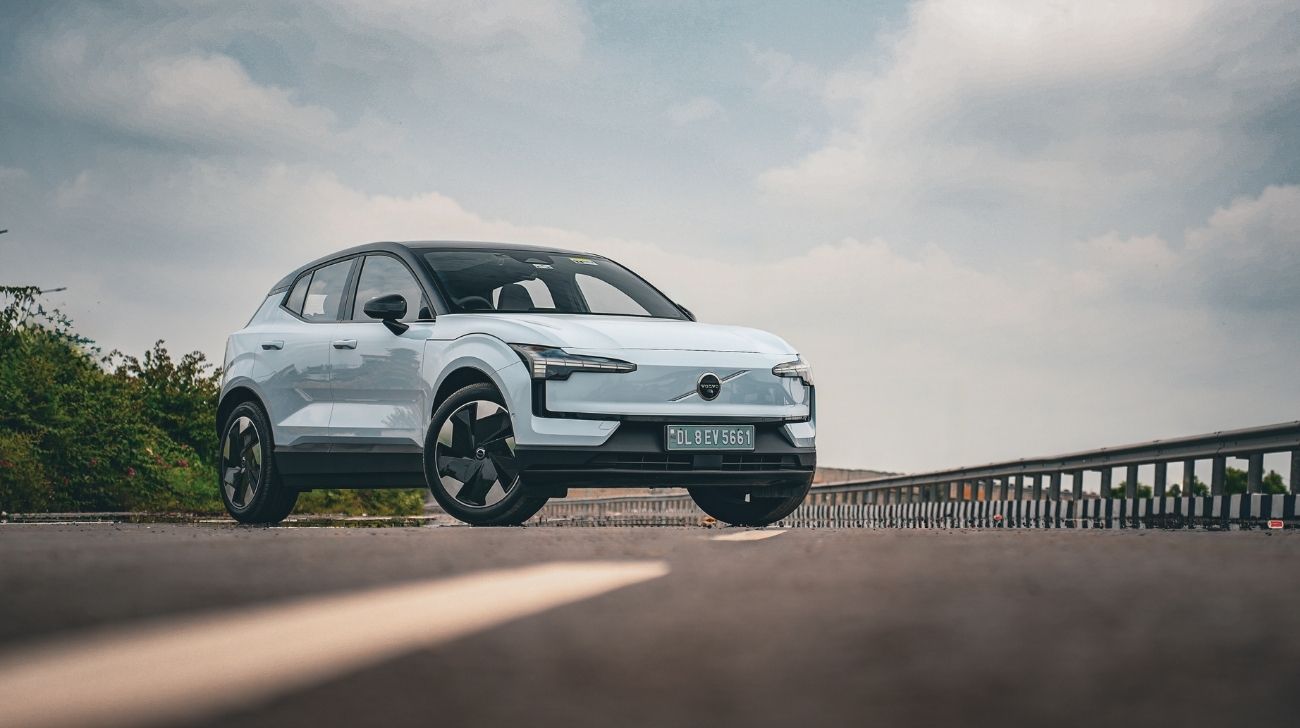
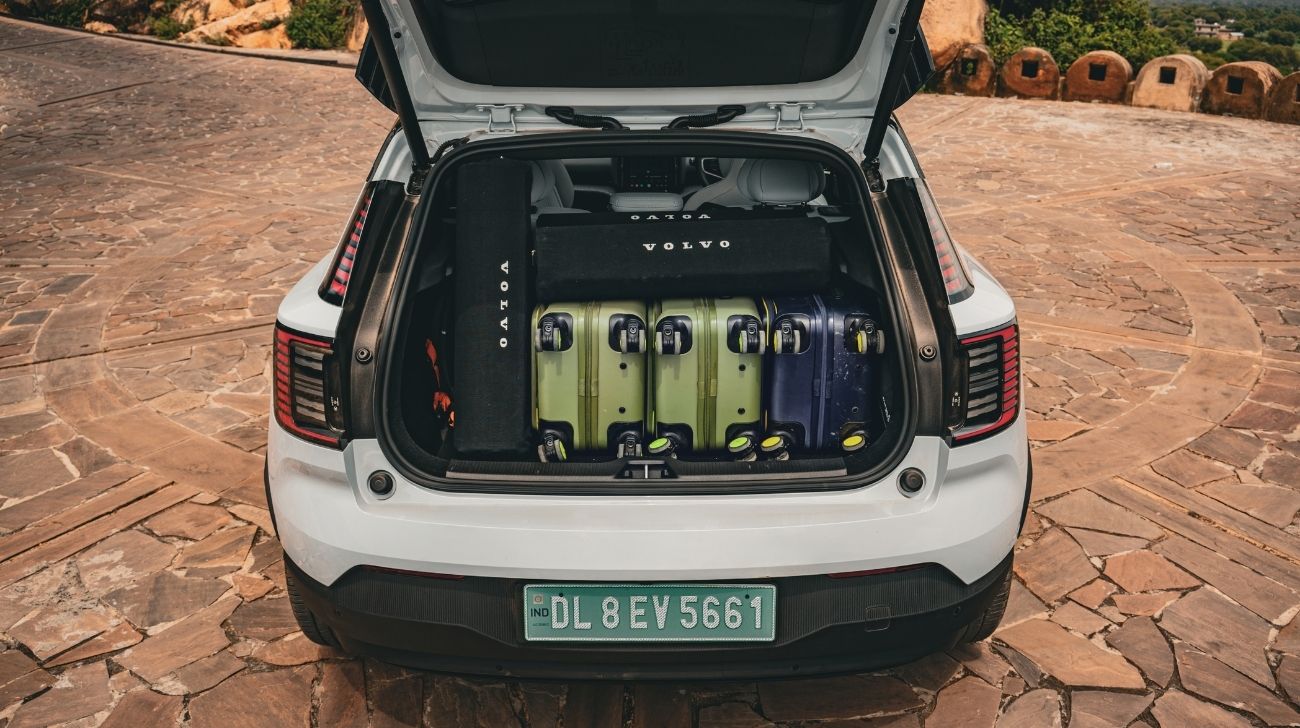
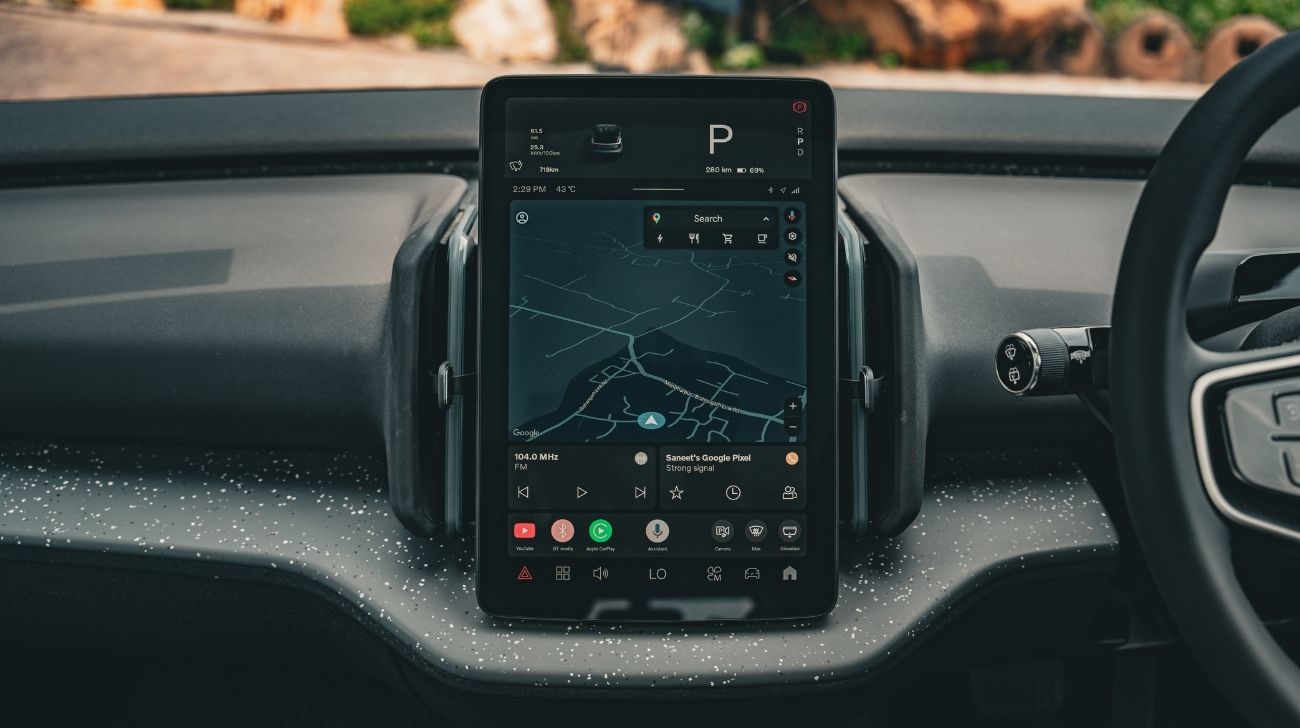
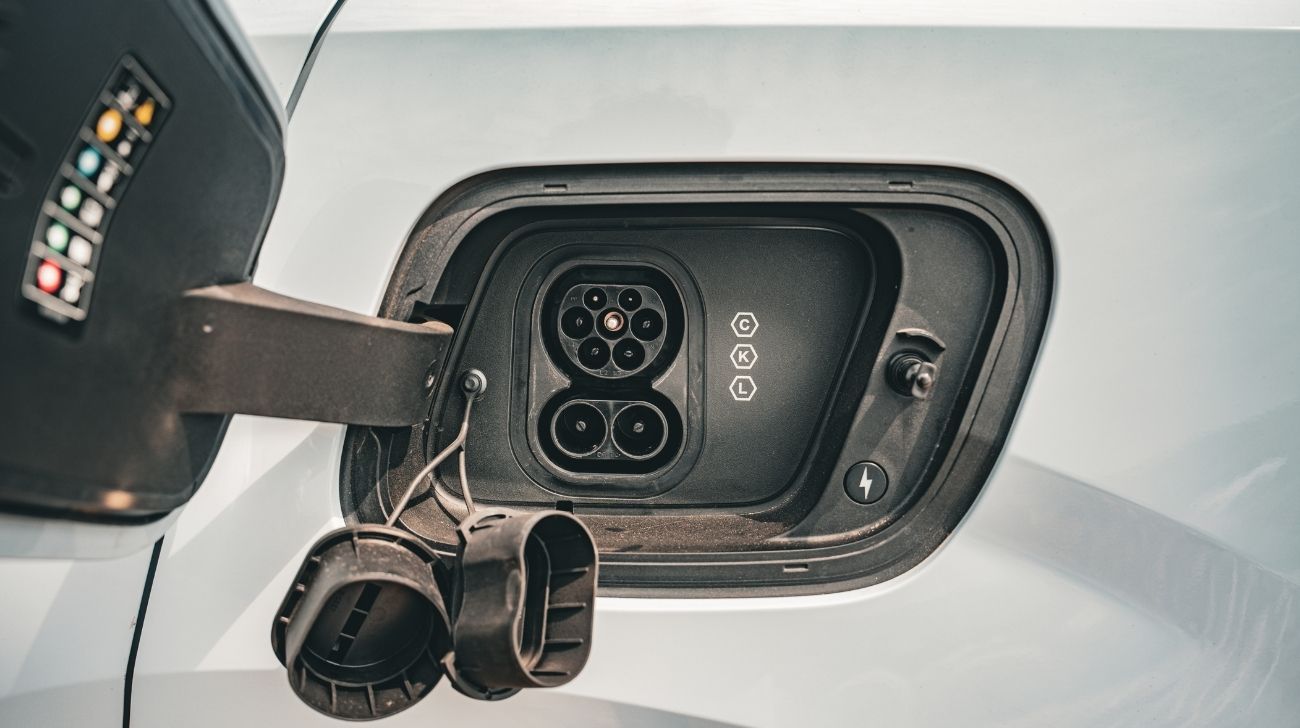
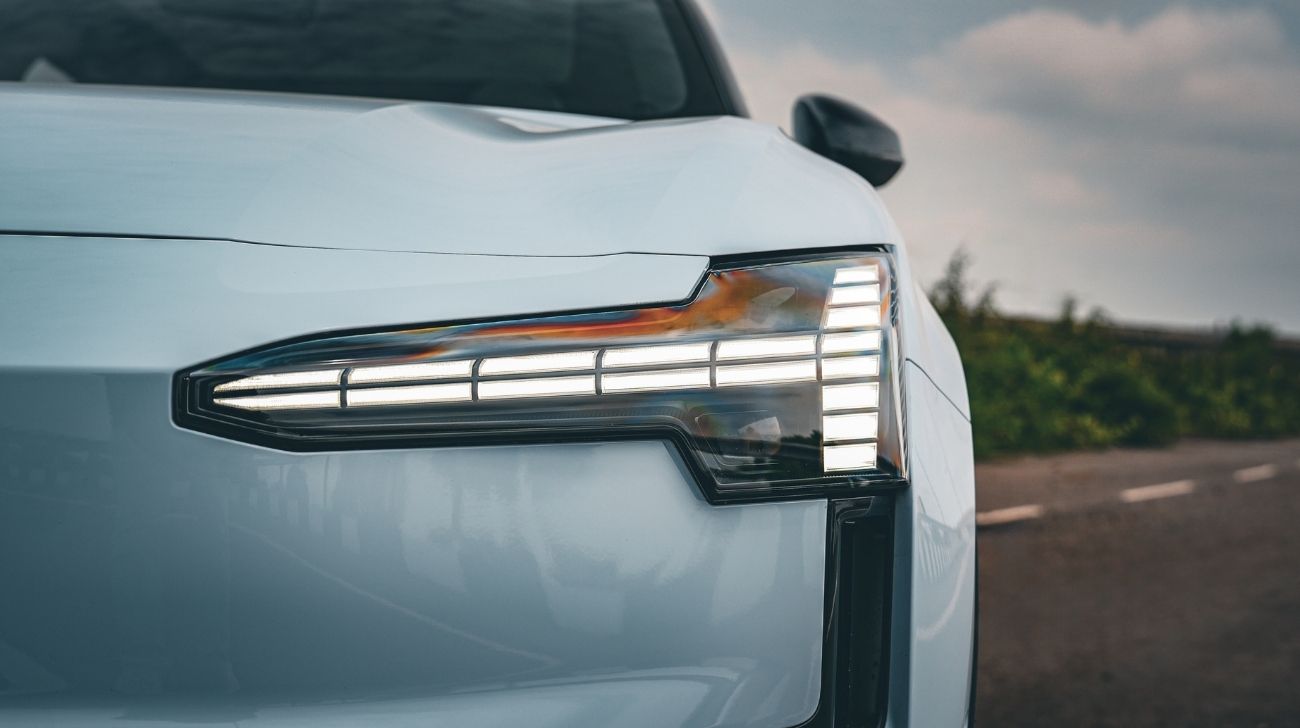
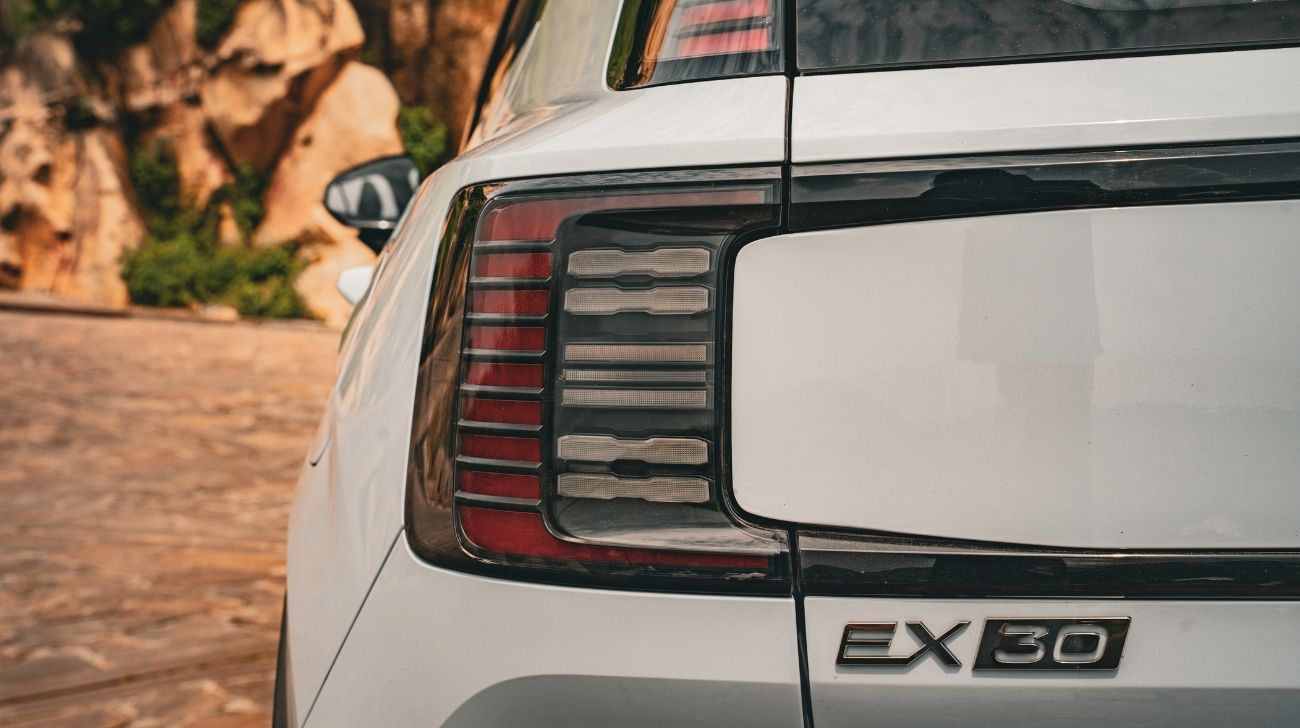
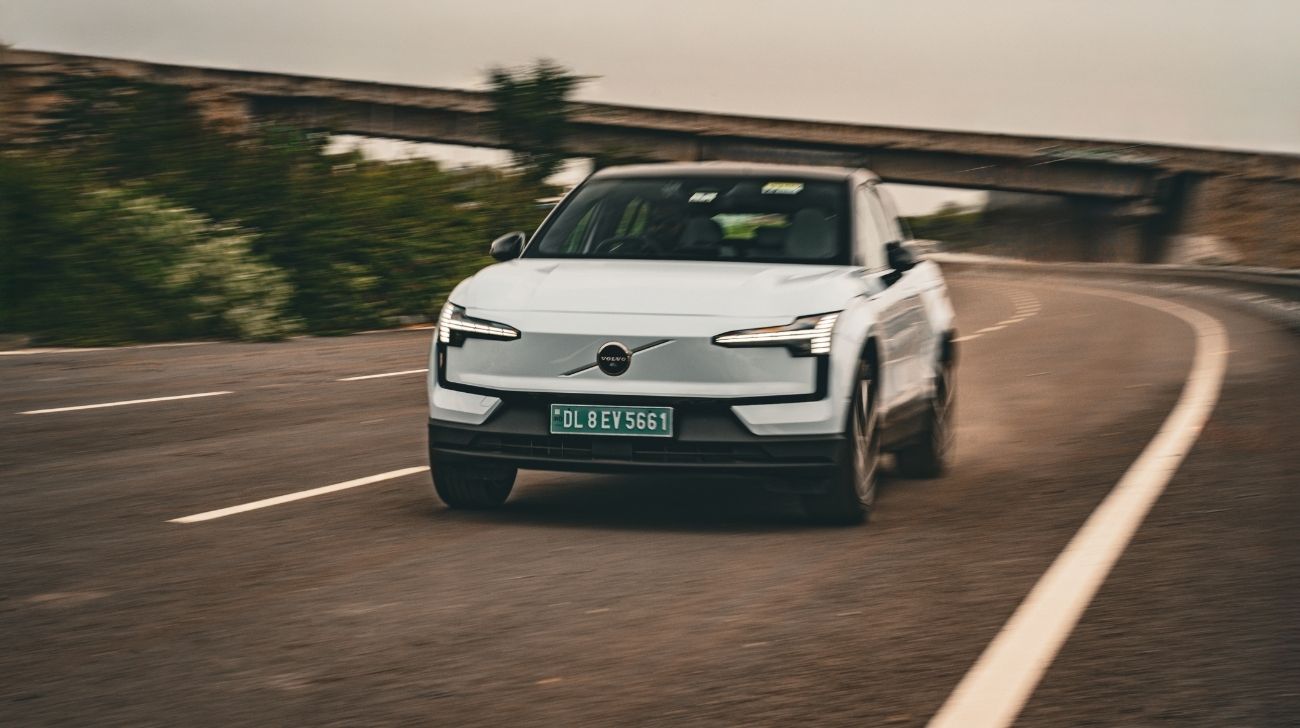
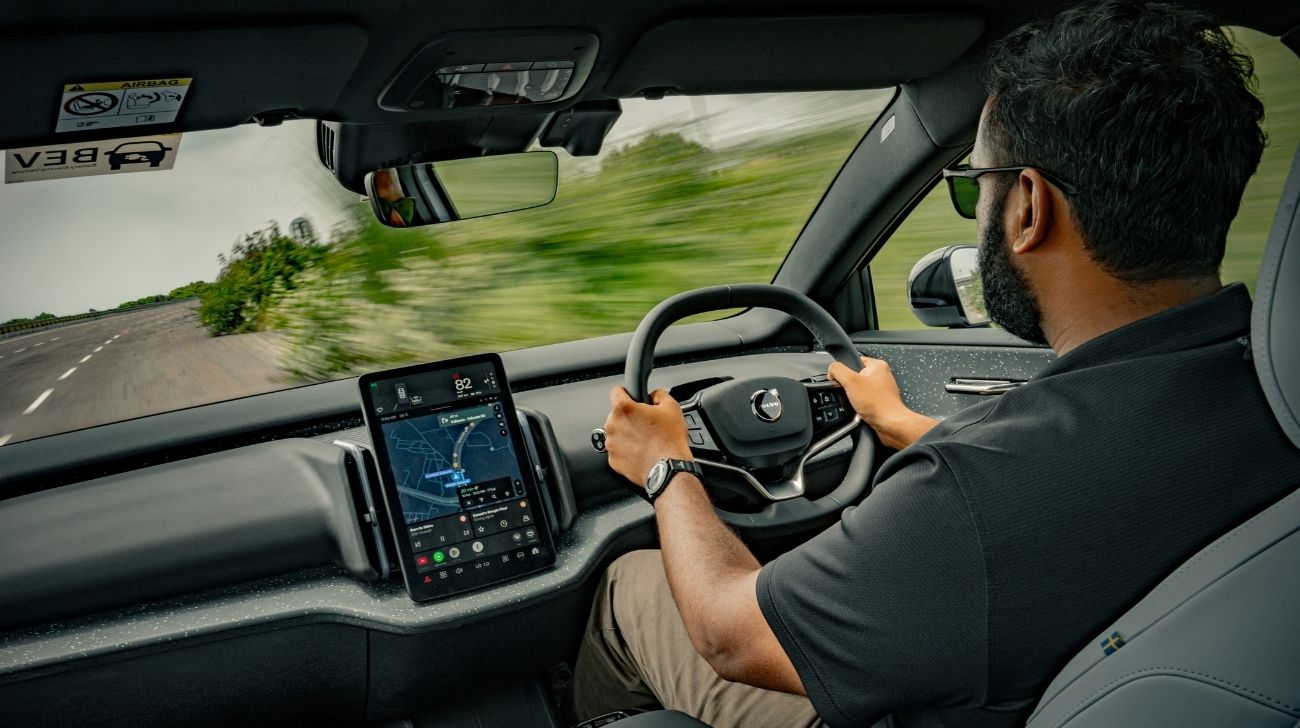
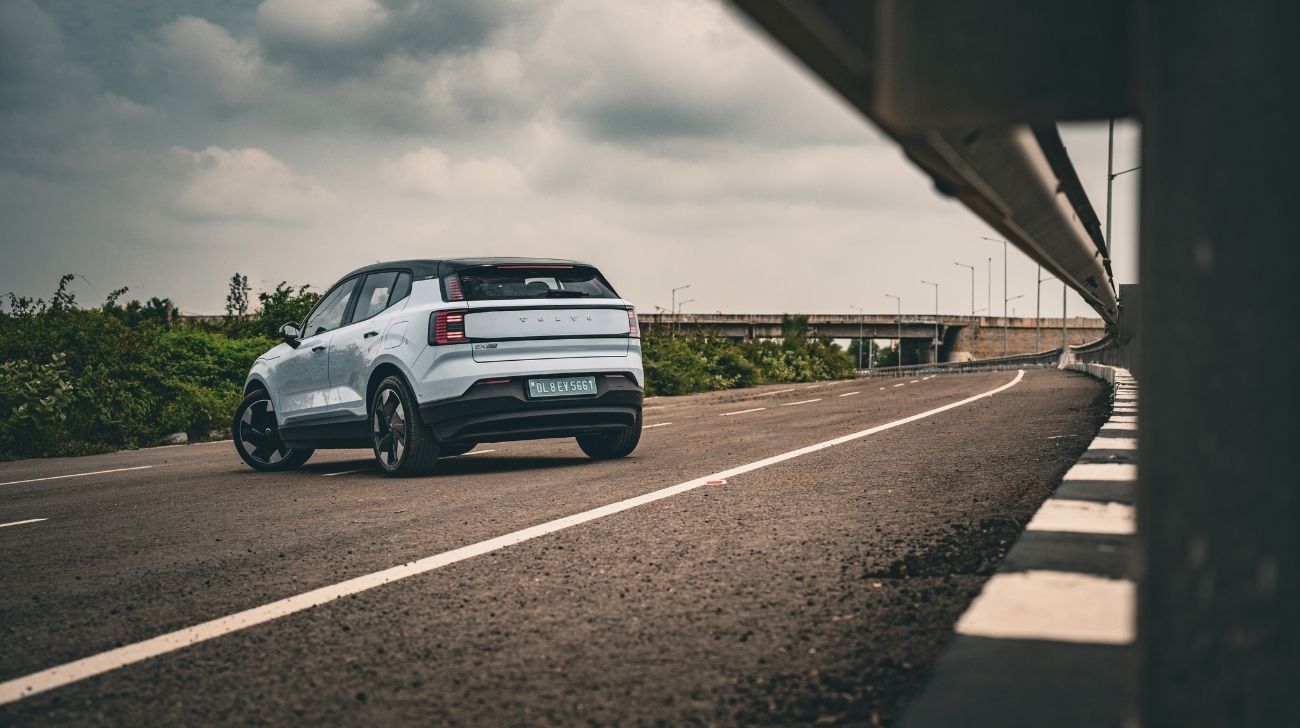
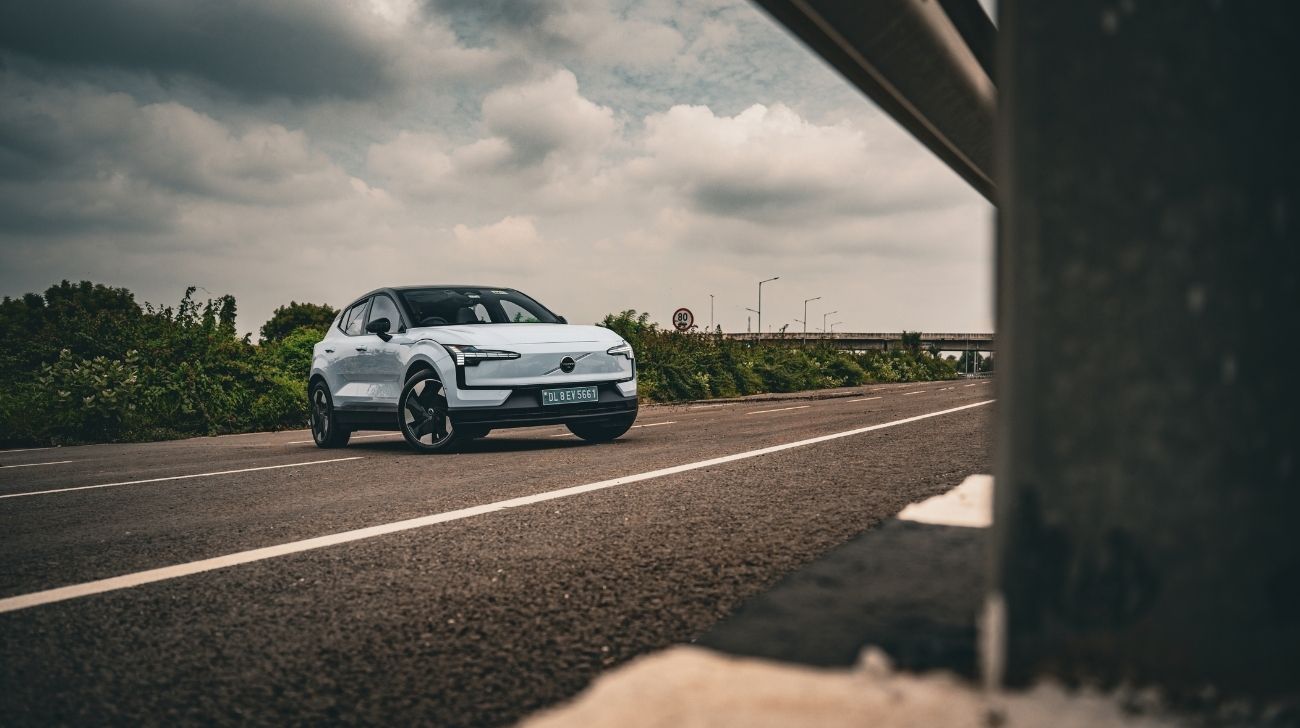
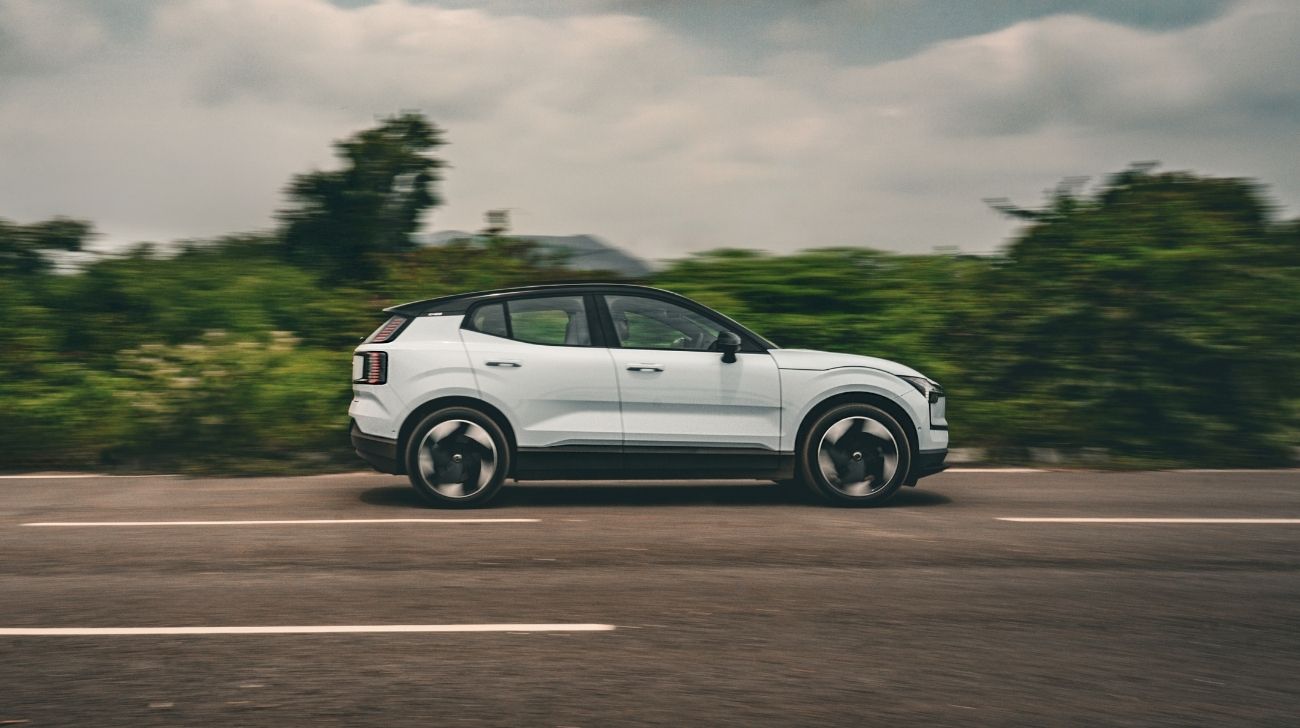
What you see above is the Volvo EX30. It is a small electric SUV, although that label is already misleading because it has the footprint of a large hatchback, the kerb weight of a modest celestial moon, and a name that sounds like it belongs to a minor character in Star Wars. It is the smallest SUV Volvo has ever produced and also its most affordable electric car.
It was designed in Sweden, where people are very good at making things that look neat and sensible, developed in China, which is currently the world’s largest producer of electric vehicles, and now it is also assembled in Bangalore.
Last year, it won the 2023 BBC Top Gear Eco Warrior of the Year award in the UK, which sounds quite noble. The real question, however, is whether it makes any sense in India, a country where the traffic is chaotic, summers are brutally hot, and an instinctive suspicion of anything that tries to be too clever.
So what's my verdict? It’s rear-wheel drive, has great ride and balance, and does over 470km on a charge in the WLTP cycle - realistically around 350km. Pricing? Expect it to be around ₹45 to ₹50 lakh in India. That’s serious money. But compare it to the BMW iX1 or even the Hyundai Ioniq 5, and the EX30 becomes hard to justify. It may look better, drive better, and feel more clever inside. But it annoys me in parts, mostly with its user interface and lack of rear AC vents, but it also makes me hopeful. Because here’s a small, electric, relatively affordable SUV that feels like it was made by people who actually cared. But all these are just my thoughts, let me know yours! And if you have any questions about the Volvo EX30, let me know in the comments section, and we will do our best to answer them.
Let’s get this straight. If you’re expecting the EX30 to be a wallowy, soft-edged mess like many compact EVs, you’re in for a surprise. The chassis is actually excellent. The EX30 rides like a much more expensive car, which is well-damped, calm and properly settled over broken roads. It deals with Indian tarmac the way a Scandinavian deals with conflict: quietly, with dignity, and without complaint. There’s proper ease to the way it handles surface changes, and body control is taut without being harsh. The steering is a bit too light by default, even in its sportiest setting. It’s quick off-centre, which is nice. 0 to 100 kmph comes up in 5.3 seconds. That’s faster than a Golf GTI. Yes, you read that right in a Volvo.
The thing is, it doesn’t feel wild. It’s linear, calm and collected. Almost too grown-up for its own good. But give it a set of corners and the EX30 reveals real poise. You can feel the low centre of gravity doing its job. It’s no hot hatch, and the tyres protest if you push too hard, but there’s genuine balance here, especially because this one is a rear-wheel drive version.
It’s also whisper-quiet. No wind noise to speak of, very little tyre noise, and a motor that prefers to remain in the background. On a long highway run, with cruise control, you might just wonder why anyone still bothers with internal combustion in small cars. It’s that good.
Here’s where the EX30 really shines. Compact footprint, excellent visibility up front, super light steering, and effortless one-pedal driving. You can thread it through traffic or wedge it into tight parking spots without ever breaking a sweat. It even feels premium in a way. You feel like you’re in something clever. Something designed, rather than assembled from a parts bin. It has presence. People look. And then they stare at the badge and try to work out what it is.
The EX30 is a Volvo, which means it’s trying to protect you from everything, including yourself. You get collision avoidance, cross-traffic alerts, adaptive cruise, Pilot Assist, 360-degree cameras and a five-star Euro NCAP rating. The problem is, some of it works too well for our Indian conditions. Also, Volvo says its UI has been updated over-the-air to make it easier to turn off the more annoying features. But they’re still buried in menus. Why not just give us a row of switches like your older cars?
Now here’s where things get interesting. Inside, the car, in EX30, is half genius, half experiment gone slightly mad. There’s no traditional instrument cluster. No heads-up display. No physical climate controls. A steering-mounted drive selector instead of a conventional one. Instead, everything lives in one centrally mounted, vertically oriented screen powered by Qualcomm Snapdragon cockpit platform and runs Android OS, so you get native Android apps from the get-go. But you dont get wireless Android Auto, but get wireless Apple CarPlay. What's that about? According to Volvo, once you log in to the infotainment system with your Gmail account, the user experience is better than Android Auto, and you also have access to the Play Store. And if you want to adjust your mirrors while reversing? Thats not possible? Because that’s buried in a menu, which you can’t access while reversing. Want to turn on your fog lights? Four taps. Turning off lane assist? At least three menus deep.
Volvo says this is all to reduce the part count and improve sustainability. I say it’s just needlessly complicated. Basic car functions shouldn’t require a software engineering degree. This obsession with touchscreens needs to be taken out behind the fields and shot.
Still, the materials are superb. No leather! Instead, Volvo uses recycled denim in the international cars and recycled plastic in the one we're driving. And it doesn’t feel like marketing fluff. The cabin is actually inviting. Soft fabrics, smart finishes, clever packaging. There’s a full-width soundbar instead of door speakers, which frees up vast door bins. The total speaker count is nine, and the output is 1,040 watts by Harmon Kardon. Normally, we are not used to sound coming from directly in front of us. It usually comes from the sides, which is exactly why the experience feels so different. A modular centre console. Retractable cup holders and window switches are all placed in the centre.
And Volvo isn’t just talking a good game. They’ve released actual figures: more than one-sixth of all plastic used in the car is recycled, one-sixth of the steel too, and a full quarter of the aluminium. It adds up. Combine that with the fact that the Belgian and Chinese factories building the EX30, along with most of the suppliers, are now running entirely on renewable energy, and this starts to look less like virtue signalling and more like serious progress.
Front seats? Acceptable. Rear seats? Rubbish. Too high, too cramped, and your knees end up in your chest. And more importantly, no rear AC vents? There’s a 318-litre boot that can be accessed via an electric tailgate, and a 7-litre frunk for your cables and whatever else you don’t want touching your groceries. So yes, it’s stylish, clever, and sustainable. But the complete absence of physical buttons? That’s not progress. That’s user-hostile design, according to me. Will we adapt? Only time will tell.
Let’s start with the obvious: this is not your average SUV. The EX30 looks sharp. Clean, even. It’s like a concept car that somehow slipped through and ended up on the road. Thor’s hammer lights, no grille, bulging arches, it’s clean, futuristic, and still recognisably a Volvo. Even better, it’s available in real colours, like Cloud Blue, instead of the usual grayscale palette. But India does miss out on the bright yellow colour that is offered globally.
It’s compact, about 4.2 metres long, but it has the presence of something bigger. And with a proper EV-only platform underneath, it’s tightly proportioned and purposeful in stance. If you spec it right and don’t go for dull black, it’ll turn heads in a sea of German sameness.
Motor Output: 268 bhp, 343 Nm
0–100 kmph: 5.3 seconds (claimed)
Battery Capacity: 69 kWh (usable)
Claimed Range (WLTP): 480 km
Real-World Range (Est.): ~350 km
Drivetrain: Rear-wheel drive (Single Motor)
Charging: 11 kW AC / up to 153 kW DC fast charging
Boot Space: 318 litres (plus 7-litre frunk)

